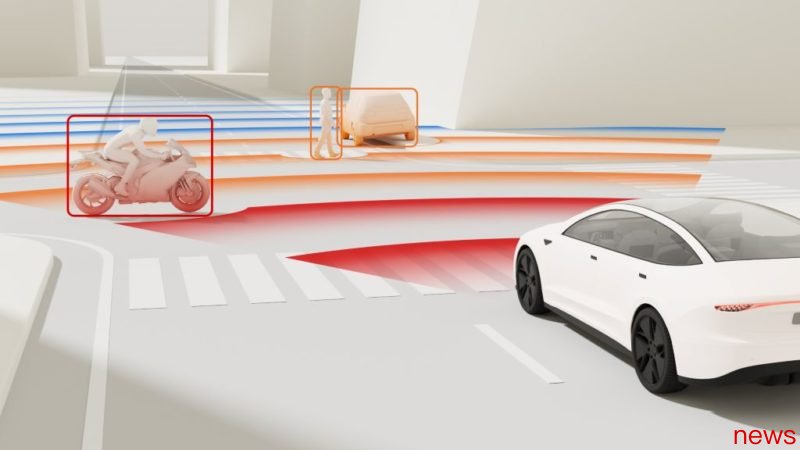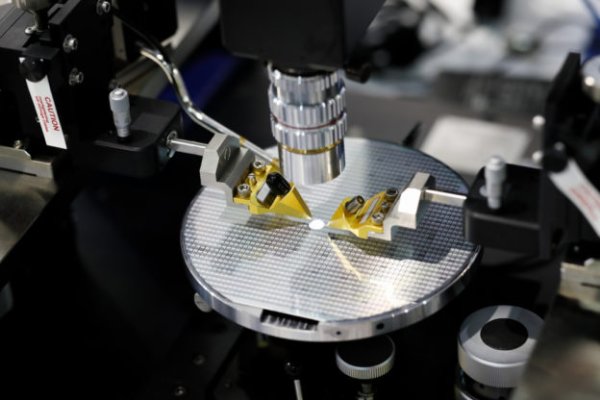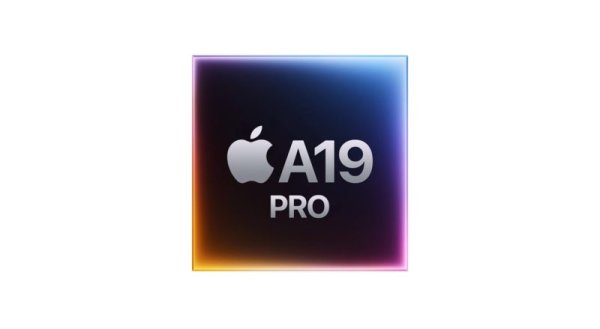With advanced automatic driving solutions, NXP launches third-generation imaging Radar processor

NXP, a large super chip manufacturer, announced that it has launched the new S32R47 imaging Radar processor built with 16-nanometer FinFET technology, further deepening NXP's professional strength in the imaging Radar field and providing new solutions for the advancement of automatic driving technology.
NXP said that the S32R47 is a third-generation imaging Radar processor. Compared with the previous product, the S32R47 has increased its performance by twice, while improving system cost and energy efficiency. Integrating NXP's millimeter wave radar receiver, power management and vehicle loading network solutions, the S32R47 series achieves ASIL B (D) functional safety level of ASIL ISO 26262, preparing for automotive industry to advanced levels of automatic driving.
According to Yole Intelligence's "2024 Radar Industry Current Situation", it is expected that by 2029, about 40% of new road vehicles will be equipped with Level 2+ (L2+)/Level 3 (L3) automatic driving functions, and the number of vehicles equipped with Level 4 (L4) automatic driving functions will also increase. To meet the rapidly growing automatic driving market demand for software-defined vehicles (SDV), automobile OEM manufacturers and Tier 1 suppliers need to improve radar performance, as radar is important for realizing safe, advanced automatic driving functions such as assisted driving or fully automatic parking.
Imaging Radar uses richer point cloud data to model the environment more precisely. This is a key technology based on AI-based perception systems that can effectively assist and automatically drive under challenging environmental conditions such as complex urban scenes. The S32R47 integrates a high-performance multi-core radar processing system, which can provide more dense point cloud data and enhance algorithm functions, and promote the development of a new generation of ADAS systems. S32R47 improves object resolution, detection reliability and classification accuracy, allowing for more accurate identification of targets such as weak road users or fallen objects.
NXP Senior Vice President and General Manager of Rayda and ADAS Business Department Meindert van den Beld said that compared with current mass production solutions, the S32R47 can handle triple or more antenna channels efficiently in real time. The better imaging radar resolution, sensitivity and dynamic range are achieved to meet the strict automatic driving application scenarios, while also meeting the strict power consumption and system cost goals set by OEM manufacturers for standardized mass production.




